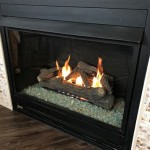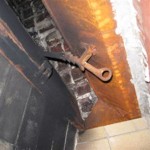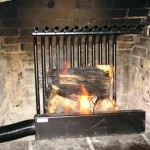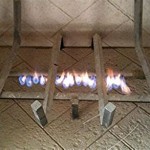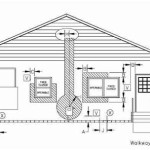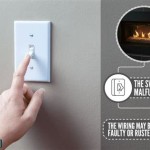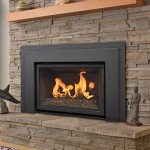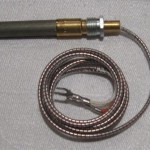EPA Certified Wood Burning Fireplaces: A Comprehensive Guide
Wood burning fireplaces add ambiance, warmth, and a touch of rustic charm to homes. However, it's crucial to choose fireplaces that meet Environmental Protection Agency (EPA) standards to minimize air pollution and ensure environmental safety.
EPA certified wood burning fireplaces are specifically designed to burn wood efficiently and cleanly, reducing harmful emissions into the atmosphere. They meet stringent performance criteria set by the EPA, including particulate matter emissions and carbon monoxide levels.
Benefits of EPA Certified Fireplaces
- Reduced Air Pollution: EPA certified fireplaces significantly reduce the release of harmful pollutants, such as particulate matter, into the air.
- Improved Air Quality: By reducing emissions, they help improve indoor and outdoor air quality for healthier living.
- Environmental Protection: EPA certified fireplaces contribute to protecting the environment by minimizing air pollution and preserving natural resources.
- Increased Efficiency: Designed for optimal combustion, EPA certified fireplaces burn wood more efficiently, producing more heat with less fuel.
Key Features to Consider
- Emissions Rating: Look for fireplaces with low emissions ratings, measured in grams per hour (g/h). A lower emissions rating indicates higher efficiency and environmental friendliness.
- Burn Rate: Consider the burn rate, which indicates how quickly the fireplace burns wood. A higher burn rate may require more frequent refueling.
- Heating Capacity: Determine the heating capacity of the fireplace based on the square footage of the room or area you want to heat.
- Design and Aesthetics: Choose a fireplace that complements the style and decor of your home, considering factors such as size, shape, and material.
Installation and Maintenance
Proper installation and maintenance are essential for the optimal performance of EPA certified wood burning fireplaces. Hire a qualified installer to ensure proper ventilation, chimney connection, and compliance with building codes.
Regular maintenance includes cleaning the fireplace regularly, inspecting the chimney annually, and replacing the firebox liner as needed. By following these guidelines, you can enjoy the warmth and ambiance of your fireplace while minimizing environmental impact.
In conclusion, EPA certified wood burning fireplaces offer an environmentally friendly and efficient way to enjoy the benefits of a wood fire. By choosing a fireplace that meets EPA standards, you can reduce air pollution, improve air quality, and create a cozy and inviting ambiance in your home.

Montecito Estate Bis Estatetm Epa Certified Wood Burnin Capo Fireside

Montecito Estate Epa Certified Wood Burning Fireplace F2845 Embers Home

Epa Certified Wood Burning Fireplaces Canadian Chimney

Fireplaces Wood Superior Epa Certified Burning Front Open Wct6940

Wood Burning Epa Certified Fireplace With Powerful Catalytic Heating By Superior Wrt4826

Superior White Stacked Cf Trad Epa Cert Wood Fireplace Wrt3920 North Country Fire

Superior Epa Certified 20 Inch Wood Burning Fireplace Wrt3920 B

Wood Burning Epa Certified Fireplace With Powerful Catalytic Heating By Superior Wrt4826

Modern Wood Stove Emissions Regency Fireplace S

Is Your Wood Stove Epa Certified Maple Mtn Fireplace
Related Posts

